Basic Roleplaying: Stat Block Design & You
Posted by Brian Holland on 16th May 2024
There are just a few short weeks remaining to submit your game to the BRP Design Challenge! Hopefully you’re on the tail-end of your work, fine-tuning and triple-checking all your spelling and stat blocks!
To help with that, we have Basic Roleplaying creative director Jason Durall with some super helpful information on putting together Stat Blocks for BRP titles! We hope Jason’s advice will help you make the most of your final submission.
—
Sometimes, creating stat blocks for nonplayer characters can range from being a delight to a challenge. This article presents helpful information to turn it into less of a chore and more of a fun part of adventure design.
This article focuses on creating individual (or example) stat blocks, versus entire writeups with dice ranges, etc. That’s far more of a task for game designers, and this is about making the day-to-day work of being a gamemaster easier.
The first thing to do is check out the skill rating chart on page 35 of the Basic Roleplaying: Universal Game Engine book. This gives you a ballpark guide to what level of competency a particular skill level represents.
Also, check out the nonplayer character encounters in the Nonplayer Character Digest of the Creatures chapter (pages 240-246) of Basic Roleplaying. We’ve provided examples for a lot of sample NPC stat blocks and it may be that you can just use one off the shelf. You can readily copy-and-paste these examples to customize them yourself, and the electronic text versions of the rulebook make it that much easier. Think of them as paper dolls you can clothe and equip as needed.
Just make a copy and correct/adjust any characteristics and/or skills you think you’ll need and you’re good to go. Remember to fix the hit points and damage modifier if they’re relevant. Ignore armor if it’s not important (such as a social encounter) and for things like encumbrance, fatigue, etc. you should assume that the NPC’s stat block represents these already included.
As for values, it’s easier to just round skills/passions/traits to 5% increments. There’s no real benefit to going more granular for NPCs.
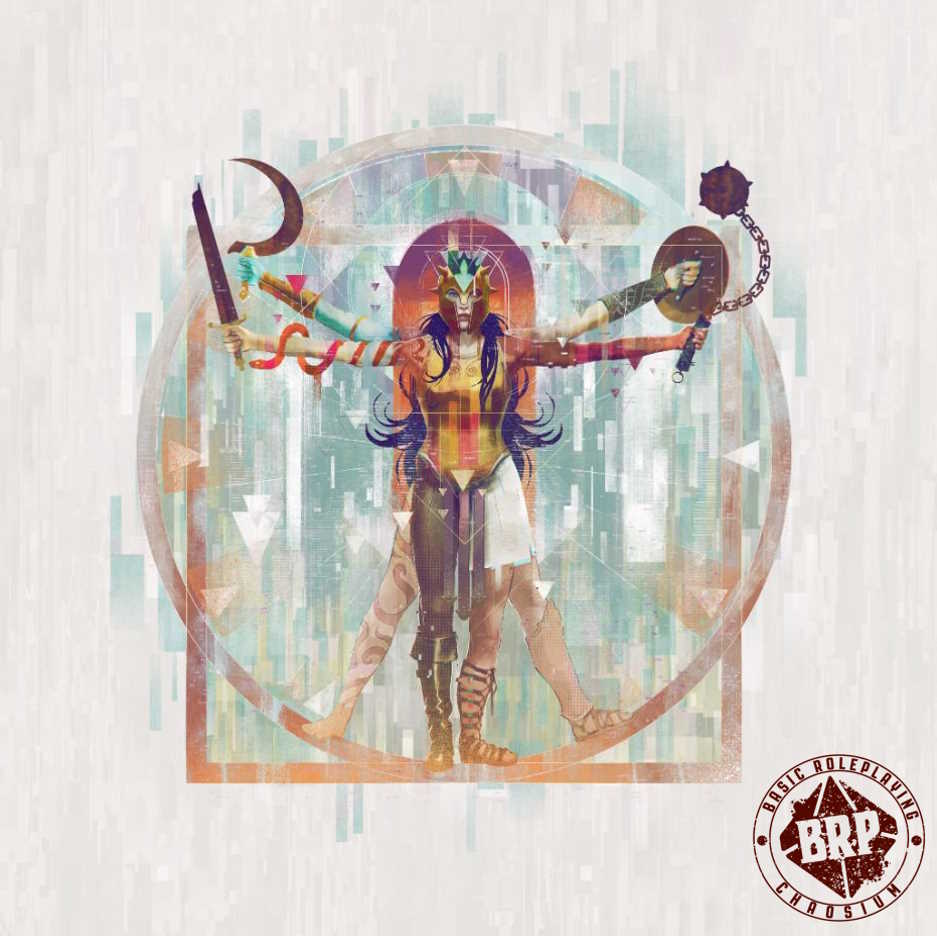
To Be, or Not to Be, That Is the Question
As a gamemaster, the first question to ask yourself is whether you actually need a stat block at all. Do you, as gamemaster, foresee any circumstances where this particular NPC or creature will be pitted against the player characters in a way that escalates beyond a single ability whether it be a characteristic or skill?
For example, if the player characters are trying to offload a bunch of loot on a merchant, the only relevant attributes might be:
- Regnault, Wily Junk Dealer: Appraise 75%, Bargain 75%.
That’s it. If you’re worried about the player characters getting shifty while dealing with ol’ Regnault, then expand his stat block a bit more, as such:
- Regnault, Wily Junk Dealer: Appraise 75%, Bargain 75%, Insight (human) 50%.
Is it important that he be able to speak, read, and write relevant languages? Add them if you want, but ultimately you’re making more work for yourself if you’re creating information you don’t need.
Is it dramatically necessary that our junk dealer be able to decipher the mysterious inscription on a strange amulet the player characters found? If it moves the story forward, then he can read the inscriptions, no problem. If it’s more interesting that he can’t, then have him say something like: “Oh, I can’t make out this script. It’s the Old Tongue. But I know someone who does. She values her privacy, though, so I’ll need something for my troubles if I make an introduction.”
Then you just take a look at your notes and make the following adjustments:
Regnault, Wily Junk DealerDelora, Scholar of Antiquities: Appraise 75%, Bargain 80%, Insight (human) 60%. Read/Write Other Language (Old Tongue) 75%.
And now you’re ready to go with the next encounter.
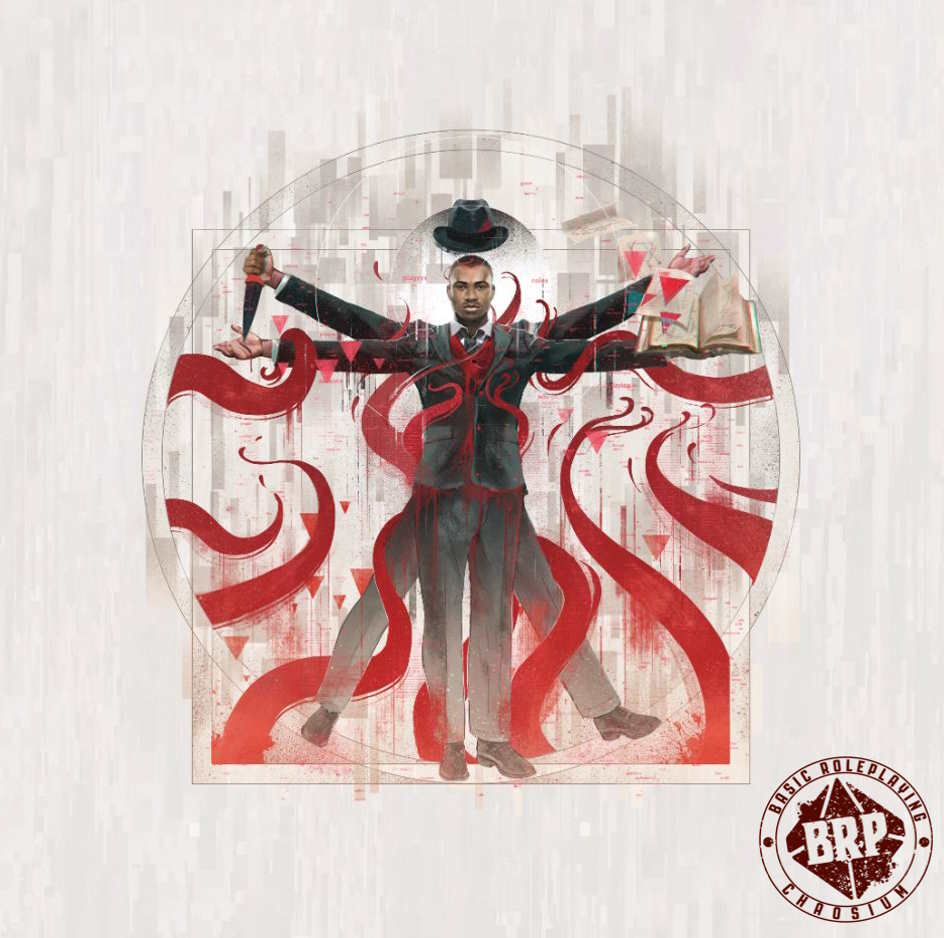
Whether ‘tis Nobler in the Mind to Suffer
Combat or physical challenges are where things get trickier, but I always advise erring on the side of doing as little work as possible when it comes to stat blocks. In the spirit of complete transparency, as a gamemaster I rarely use anything other than the generic writeup of an NPC where combat is concerned, making minor changes on the fly as required (weapons, armor, magic), and happily use an absolute basic system for statting out combat-ready NPCs in a hurry.
Here’s the secret formula:
- Mediocre NPCs (noncombatants, etc.) have 8 in all characteristics, 8 hit points, no armor, and are at a 25% chance to do anything. They do 1D4 damage.
- Average NPCs have 10 in all characteristics, 10 hit points, 2 points of armor, and have a 50% chance of doing anything. They do 1D6+1 damage.
- Competent NPCs have 12 in all characteristics, 12 hit points, 4 points of armor, and have a 60% chance of doing anything.
- Excellent NPCs have 15 in all characteristics, 15 hit points, 6 points of armor, and have an 75% chance of doing anything.
This way, I can spend my creative time customizing only one really good NPC who needs a wide range of skills and abilities, vs. devoting a lot of time to NPCs who might never enter combat, or who might be taken out in a single blow.
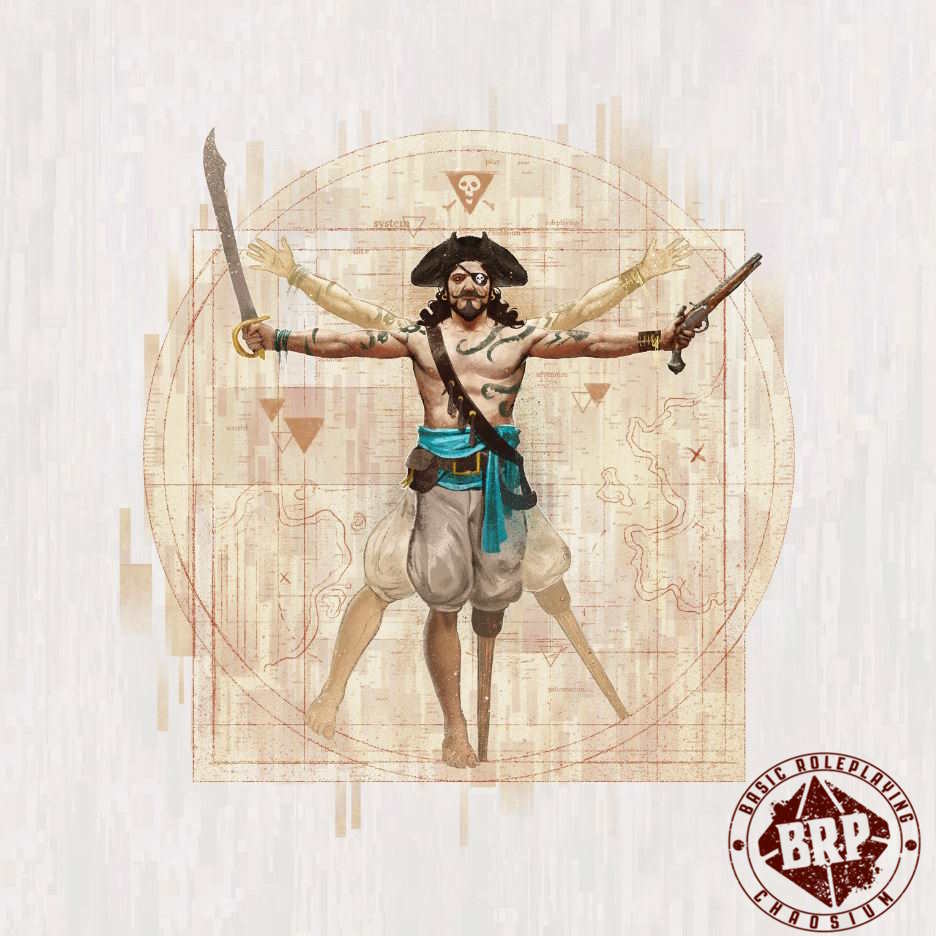
The Slings and Arrows of Outrageous Fortune
Though we think that the stat blocks for BRP are fairly easy to use, you might also reorder them in whatever way you want, creating some NPCs with flavor in the way they interact with player characters. The skills are in alphabetical order but they don’t need to be, and you might reorganize them into combat-oriented and non-combat skills, or put them in order of how they might be used in a potential combat.
For example, for NPCs who are searching for the PCs and encounter them at a distance, then putting their ranged weapon attacks, dodge, and armor up front would be more useful than their attributes. A sample stat block for an armed pursuer might look like this:
Queen’s Hunters (x3)
Spot Hidden 75%
DEX 12
Longbow 75%, 1D8+1+1D2 damage, range 90 m
Dodge 50%
2-pt. leather
12 hit points
Hand Axe 50%, 1d6+1+1d4 damage
As you can see, each aspect of the NPC is provided in order that they’re likely to be used.
A trick I like to do for NPCs is checkboxes for hit points. Just scratch them off as needed. I usually put a “|” to indicate the major wound level, to make it easier to keep track of. In cases of multiple injuries, I usually put any below the major wound level going left-to-right, and any wounds in excess of the major wound level go right-to-left.
Armor 2 - OOOOOO|OOOOOO
And if there are three of them, copy/paste is your friend.
Armor 2 - OOOOOO|OOOOOO
Armor 2 - OOOOOO|OOOOOO
Armor 2 - OOOOOO|OOOOOO
If you are like me and always want to make sure there’s a chance for parley, you might prepare a list of names, just in case. For example, for most batches of multiple NPCs I list a few just in case, mostly to avoid being caught off-guard if it comes up. I have a few good sources for names, and usually pick a few good ones ahead of time.
Names: Trallor, Urska, Vadlinn
If they don’t get used, I save them for later.
And there you go.
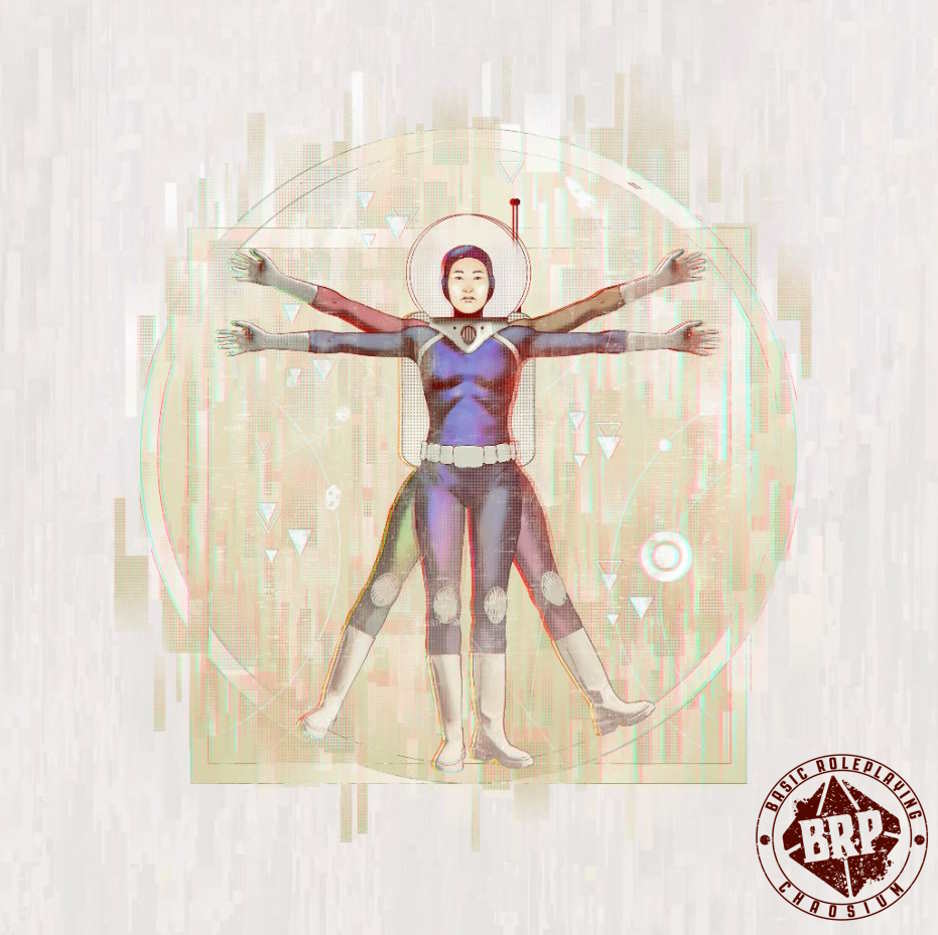
Or to Take Arms Against a Sea of Troubles
The biggest question you might have is how “done” a stat block has to be before you can use it in play. The only real answer is that it’s up to you, and you get to decide that based on your style of play. If you and your player find generic opponents and a bit of hand-waving behind the gamemaster screen to be perfectly all right, you needn’t trouble yourself with going much deeper than that. Save the time and effort to devising interesting adventures, cool scenes, intriguing plot hooks, and let the fiddly bits sort themselves out.
If you’re into the differences between one city guard and another, or two different members of a dwarf party, then the best advice is that, as above, copy-paste is your friend. You could create a sample member and then below them, list their differences. For example, if you’re running a particularly weird modern game and need a super-powered glam-rock band with cosmic powers who wear white and black face paint, here’s one way you might present them:
KNIGHTS OF ROCK (x4)
STR 12 CON 13 SIZ 14 INT 15 POW 19 DEX 14 CHA 14
Move: 10 Hit Points: 14
Damage Modifier: +1D4 Armor: 2-pt spiked black leather
Attacks: Fist 35%, 1D3+dm (crushing)
Skills: Art (Songwriting) 75%, Dodge 50%, Fast Talk 50%, Insight 50%, Knowledge (Cosmic Mumbo-Jumbo) 50%, Language (Own) 90%, Listen 35%, Perform (various) 75%, Sense 35%, Spot 50%, Status 35%, Stealth 30%.
Powers: See below.
- Starfarer (star on eye): CHA 19, Flight 75%
- Dragon: STR 19 (damage bonus +1D6), Firebreath 75%, 2D6 damage (and sets fire to things)
- Moonrider: Laser Eyes 75%, 1D6 damage, emits moonlight
- Tiger: DEX 19, Dodge 75%, Jump 90%, Claws 1D6+1D4 (x2), Nightvision
Now you’re ready to rock.
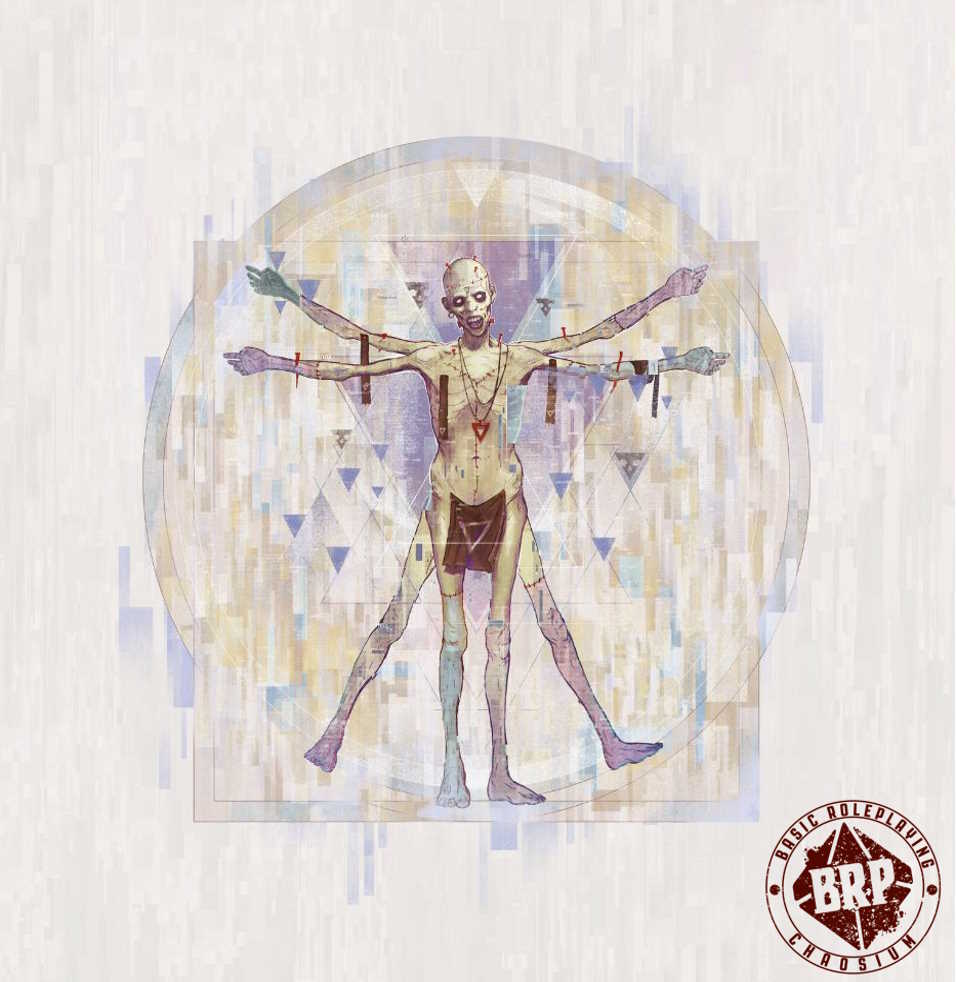
And by Opposing, End them?
It’s been said that most great antagonists are mirror images of their protagonist. With this in mind, a tried-and-true method of creating fair opponents for the player characters is to literally pit them against themselves. Many gamemasters keep copies of the player character sheets on hand, which is excellent practice in case of loss or an absent player whose character is still present. What this also does is let the gamemaster take the player characters themselves and use their very same characteristics and skill values for their opponents.
Change up the weapons a bit, adjust armor by a point or two, switch out any spells or powers as needed, but otherwise just throw the PCs’ own characters at them in NPC format. Many are the times I’ve asked “What’s your chance to hit with the broadsword? Dodge?” and wrote them down, only to make those values the basis of an unexpected encounter.
—
And there you have it! We hope you found Jason’s advice as helpful as we did (currently off-screen, scrambling new stat blocks for our game night this week!).
There is still time to enter the BRP Design Challenge and give yourself the chance to share in over $10,000 in cash prizes!
Enter here, and know that we are so excited to see what you’ve come up with!
